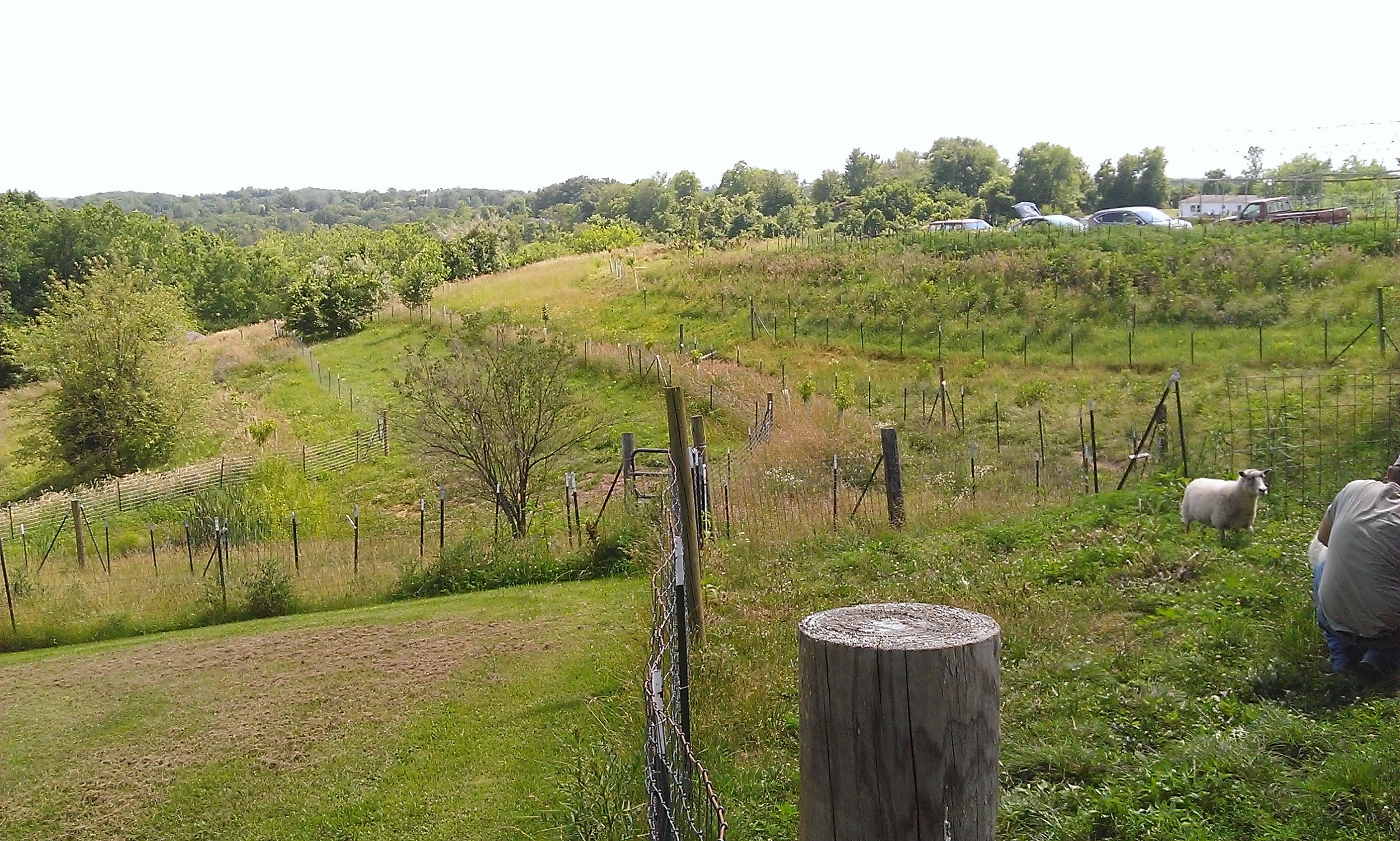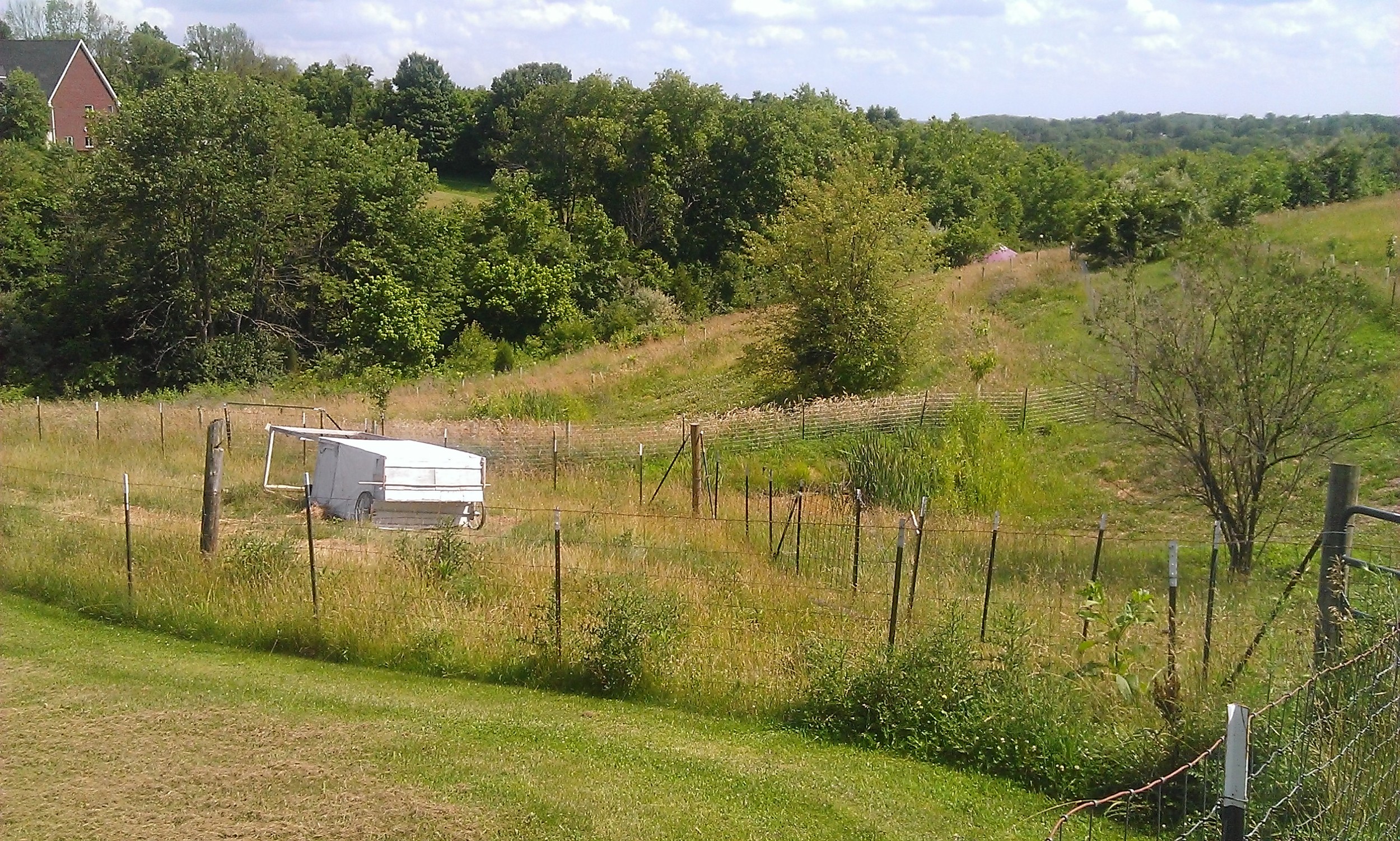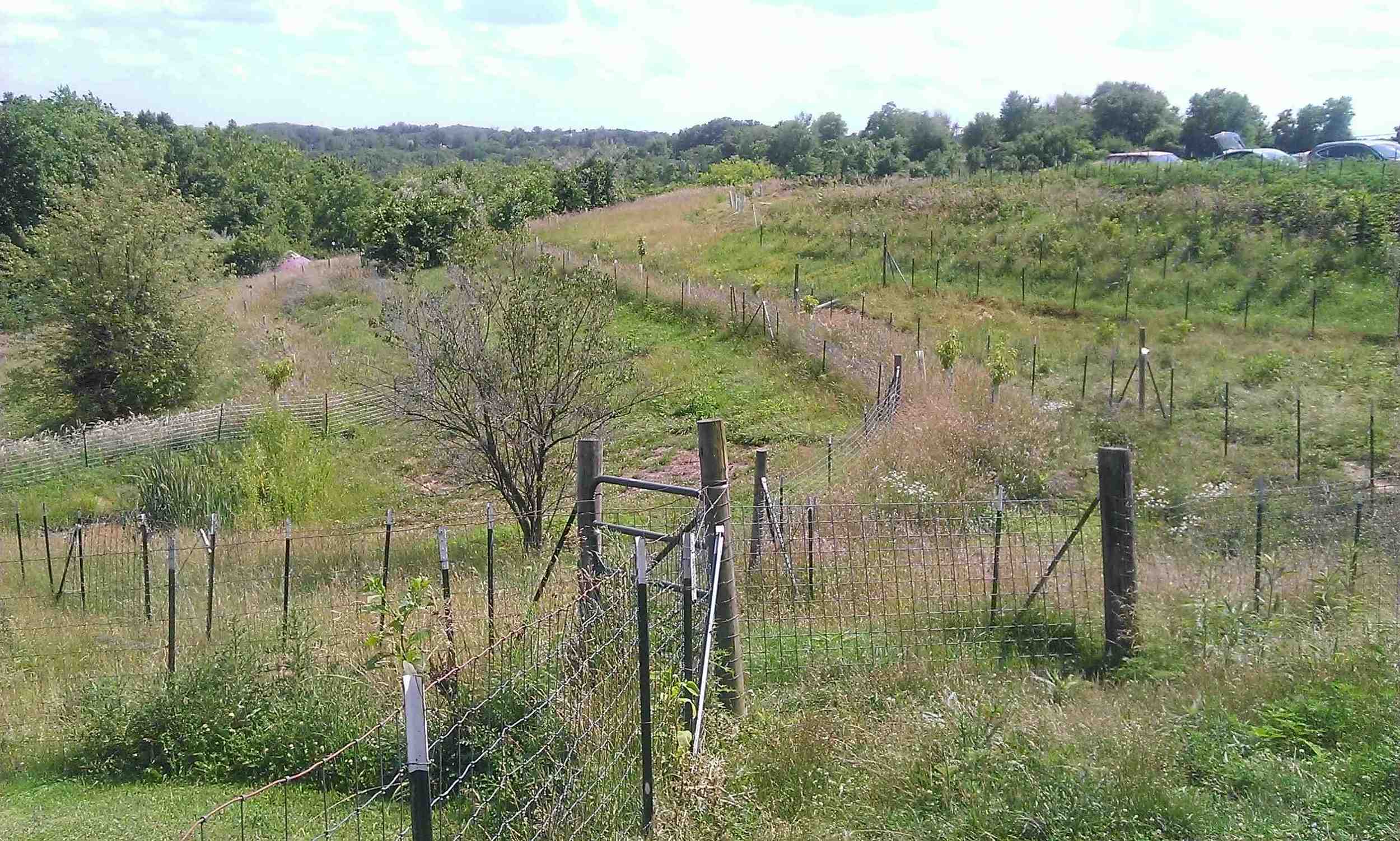By: R. Alan Wight and Braden Trauth
A special thank you to the following people for providing us with feedback and guidance: Peter Bane, Deborah Jordan, Kathleen Smythe, and Philip Wight.
There are many reasons to eat locally grown food. It is fresher, tastes better, healthier for you, and supports regional farmers and the local economy. Another important reason to eat locally grown food is that it saves energy, especially if the food is grown using alternative agro-ecological approaches, such as no-till, organic, biodynamic, restoration agriculture, and permaculture practices. While food miles (the distance that food is transported) and processing are big energy costs, there are several other factors that save energy when food is grown locally, using alternative methods.
First, using alternative agro-ecological methods saves energy because farmers do not use synthetic fertilizers and pesticides, which are made from fossil fuels. These kinds of approaches can enhance ecosystems and ecosystem services, which produce clean air, water, and soil, thus reducing the need for external inputs (i.e. fertilizers). Plus, permaculture practices and restoration agriculture are based on perennial polycultures, which only have to be planted once, use trees and bushes that capture more sunlight than annual crops, and sequester carbon (both in their woody biomass and in the soil-food-web). Trees and bushes take up greater area and height, and are able to photosynthesize more of the sun’s energy, converting it to food, fodder, and fuel (all of which are forms of energy). Through these processes it is now speculated that this type of agriculture combined with other practices could not only be a critical tool in stopping climate change but also potentially reversing climate change.
Second, if you buy from farmers who don’t till you are also helping to save energy by reducing tractor time and fertilizer use. This is because tillage agriculture destroys the soil-food-web. Tilling, using plows, disks, and rollers, are responsible for creating deserts across much of the planet today. Disrupting the soil breaks down the hydrological cycle, reduces water storage capacity, and nutrient cycling, destroys macro (i.e. earthworms) and micro soil life (i.e. mycorrhizal fungi), and leads to the oxidization of soil matter. To keep tilled soil productive requires additional fertilizers, which means more money, time, and energy.
Third, buying local food from farmers who use the Keyline design (an earth and water management technique) means that you are helping to save energy and water through reduced irrigation. The Keyline design helps farmers capture and store rainfall (water) on their land, and that means fewer wells, pumps, and other irrigation equipment and costs. This combined with perennial- based agriculture turns the ground into a sponge, which recharges ground water and springs, and provides water in dry times. Plus, trees create microclimates that enhance rainfall through evaporation and transpiration.
Underlying all of these reasons above is the relationship between ecosystems, energy, and photosynthesis. Our modern agricultural system is based on fossil fuels, deforestation, and monocultures—which are connected to climate change, pollution, and unhealthy diets. As Vandana Shiva and others have pointed out, this agricultural system is turning oil and natural gas (fossil fuels) into food. Choosing to eat locally grown food, produced by alternative agroecological methods, means you are supporting a system that is moving beyond fossil fuel dependency, building healthy soil, producing fresher and healthier food, and supporting biodiversity. Eat local, save energy, make the world a better place!
If you are interested in learning more about these food and energy relationships click the link below. Here we further explore annual tillage agriculture and fossil fuels vs. alternative agroecological and perennial polycultural approaches in the context of the modern food movement, which is popularizing the larger debate about our agrifood systems. To do so, we have created a unique interactive timeline that traces the history of these two different (conventional vs. alternative) agricultural systems, our understanding of ecosystems and energy, and how we have come to rely on fossil fuels to produce our food.
Ecology, Energy, and Alternative Agriculture: A New Synthesis




